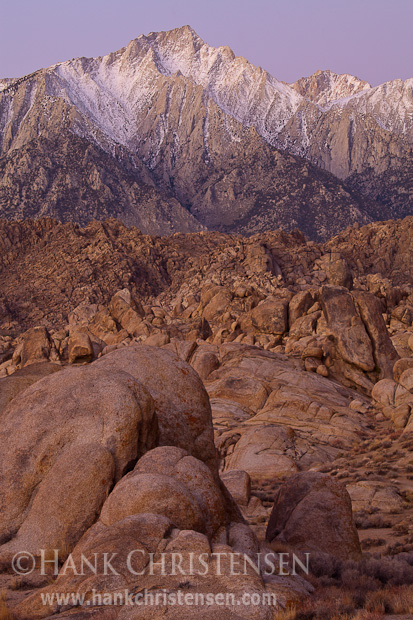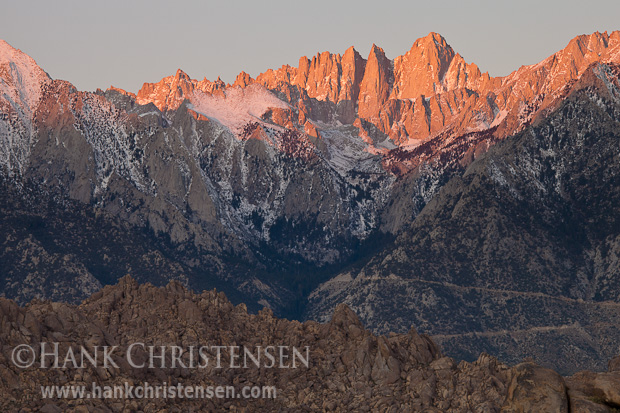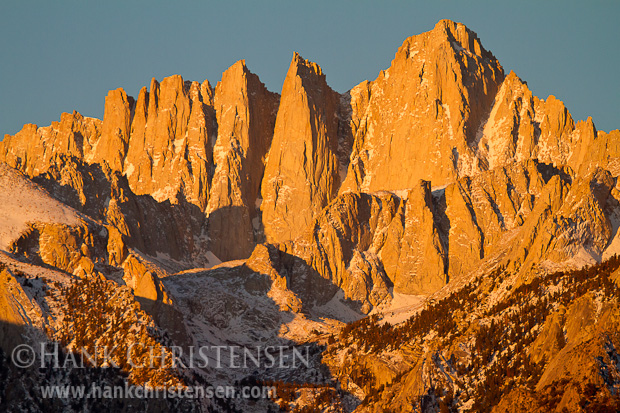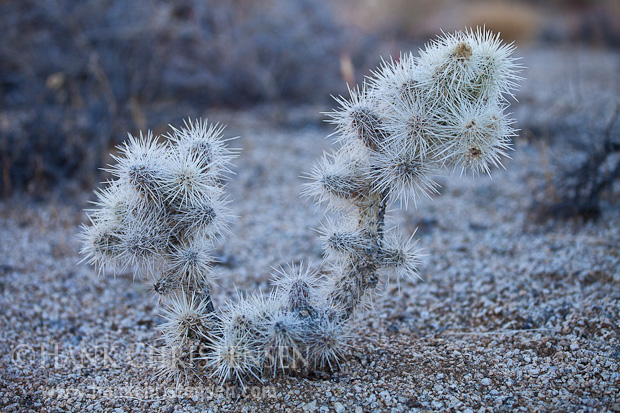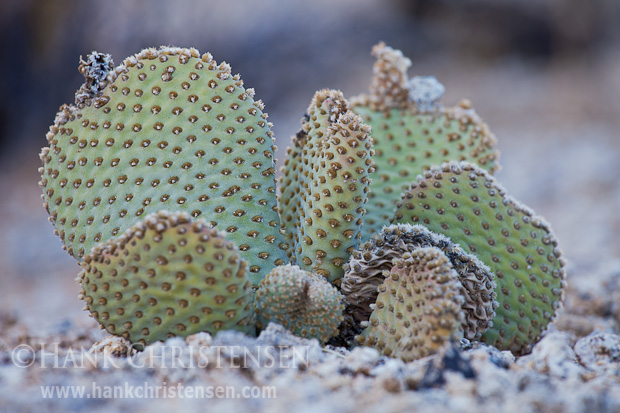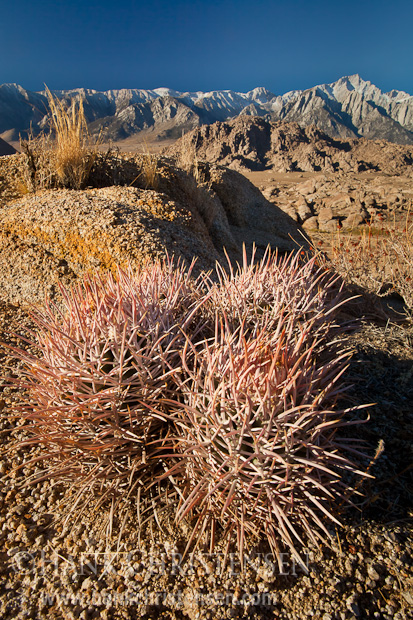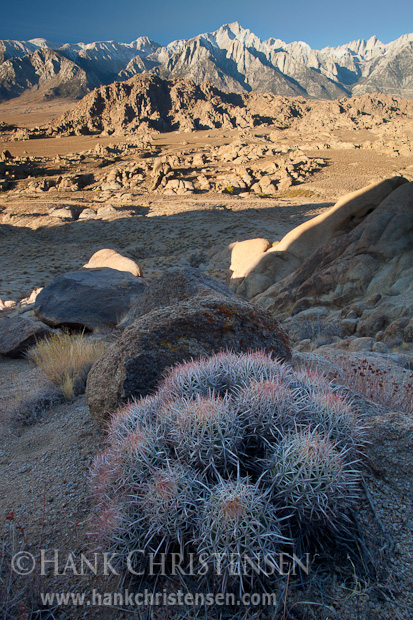Recently I was asked by a prospective digital camera buyer about my opinion on full frame verses cropped sensors. The answer is actually not very simple, so I thought I’d expand on my thoughts in this post.
For those who aren’t familiar with these terms, full frame refers to a digital camera that has the same sensor size as 35mm film. This became the prevailing film standard, and most of today’s digital SLR lenses use this size to calculate their relative lens magnification factor. A cropped sensor camera is a digital SLR that has a sensor smaller than 35mm film. These cameras use the same lens focal length scale, but apply an additional “magnification factor” to the 35mm numbers. For example, Canon’s cropped sensors apply a 1.6X magnification factor to lenses as compared to 35mm-sized sensors. If a full frame camera used a 50mm lens, the perceived magnification factor using the same lens of a cropped sensor camera is 50mm X 1.6 = 80mm. In other words, in the resulting photos, it appears as if the camera was zoomed into 80mm when using a 50mm lens on a cropped sensor camera.
So which is better? As with any tool, it depends on the job. I use both full frame and cropped sensor cameras regularly in my photography. When I’m shooting landscape, architecture, or macro, I typically use a full frame camera. My current workhorse is the Canon 5D MkII (now practically a dinosaur of a camera!), which allows me to use a full range of lens focal lengths, including my widest. In these shooting conditions, camera features such as auto focus and frame rate are not as important to me as pixel count and low digital noise. With this camera, I shoot from a tripod most of the time and work slowly and methodically through the scene, getting as much right in camera as possible.
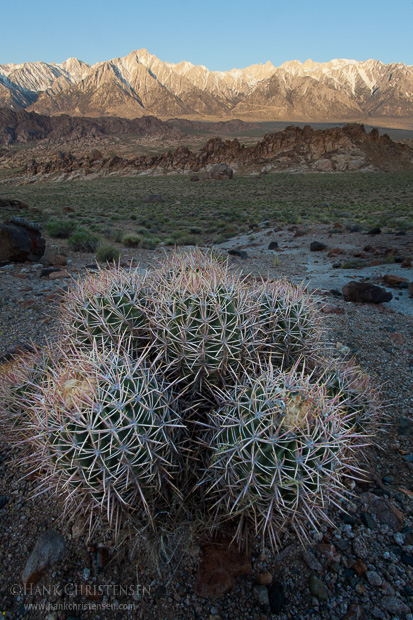
The photo above is an example of using a full frame camera with a wide angle lens. Here my 17mm lens truly gave me the wide angle using my full frame sensor, instead of the appearance of a 27 mm lens (17 X 1.6) if I used a cropped sensor. I worked from a tripod, manually focused, and shot at ISO 100.
When I’m shooting bird and wildlife photos, I always use a cropped sensor. This gives my long lenses that extra reach, and cropped sensor cameras tend to have slightly lower pixel count, which allows for faster frame rate. My cropped sensor workhorse is the Canon 7D, which has my most important traits for these shooting conditions – fast auto focus and high frame rate. While low noise is always desired, here the highest pixel count is not as important, as wildlife and bird photos typically don’t end up in huge prints. Pairing this camera with a 400 mm lens allows me to handhold while photographing giving me lots of mobility. When I use it with my 800 mm lens, I get the equivalent of 1280mm due to the lens multiplication factor. This gets me in close to my subjects without needing tele-extenders, which reduce auto focus performance.
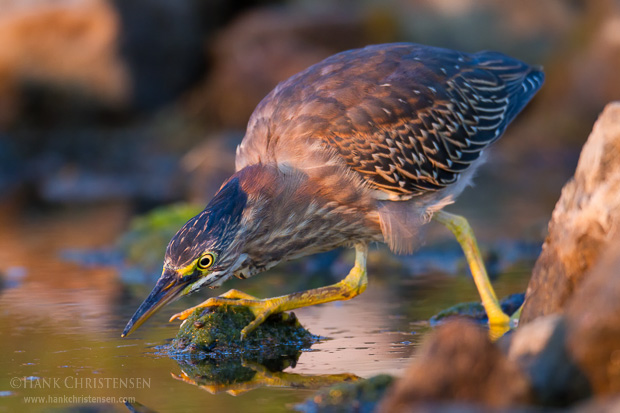
The photo above is an example of using a cropped sensor camera with a long lens. Using the equivalent of 1280 mm (800 X 1.6) allowed me to be far enough from my subject to not disturb it from its normal behavior. I was also able to shoot many frames per second to capture the perfect body and head position while the green heron was fishing.
Just as a carpenter wouldn’t just use one type of hammer, a photographer won’t resort to just one type of camera. If you are just dipping your toes into the world of digital SLRs, think first about what type of photography you’d like to explore first. That will likely help you list your desired features and point you to the right tool for the job.

